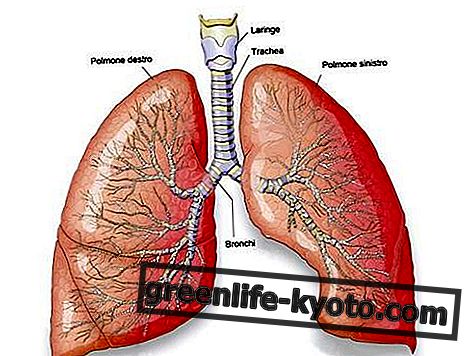
Chaos and order chase each other, frolic and sometimes come to terms according to strange rules, which in our eyes sometimes appear as evolution.
Evolution as gradual development of all elements that are useful and successful. One of these elements is a true archetype in nature and precedes the coming of the human being on the planet: the house .
Almost all life forms place the research or the construction of a house among the priorities : from the shell of the molluscs and the hermit crabs to the dens of bears and badgers, passing through anthills, termites, nests of various kinds, caves, underwater cavities, cracks in the walls, beehives and so on.
A sustainable and economic home
Even the human being does not escape the power of this archetype and over the millennia we can see very clearly with how much ingenuity and creativity he has undertaken to develop different types of homes, with increasingly refined and complex solutions.
Nowadays, refined also means sustainable and economic, two parameters that are now essential for the umpteenth evolution of the house, given the growing attention to resources that alerts society's ecological awareness . Here then is the last step in the evolutionary scale of houses: architecture with 3D printers.
Print a 3D house
3D printers are a highly revolutionary tool, something to look at from the future as a first forerunner of teleportation.
In fact, with 3D printers it is possible to create concrete forms in various materials, at first especially of a plastic nature, through an internet connection.
After the first years of experimentation, here we have arrived at the first attempts to print even three-dimensional houses in cementitious materials .
Italian and American records
This year, a consortium of Italian companies engaged in the sector, managed to build a 100 square meter house in about a week .
The house is complete with internal walls for the partition of the rooms (hall, bedroom, kitchen and bathroom) and of the roof.
A sort of real record that Italcementi, Arup and Cybe, with their Vulcan printer, somehow shares with a US company: the Icon.
With a different type of printer, Icon has succeeded in printing a house in about 24 hours, with the difference however that it measures only 70 square meters, does not include any internal partition (so we are talking about a studio), and yes makes use of a prefabricated roof that was placed above the exterior 3D printed walls.
How much you save by printing a house
It is therefore difficult to say which of the two is the best performing technology, what is clear is that they both look very promising : they demonstrate how much it is possible to save in building a house in terms of transport of materials, work times, labor and time of land occupation with construction sites, trucks, cement mixers, cranes and so on.
Further promising developments seem to be gaining ground now with regard to the type of materials to be used, often cementitious powders, various aggregates from recycling processes, and environmentally sustainable plastic materials without toxic aspects.













